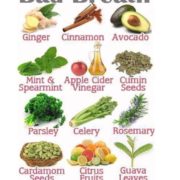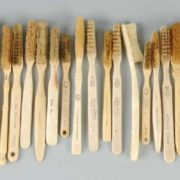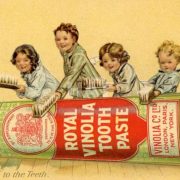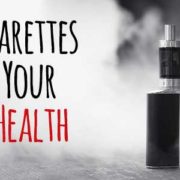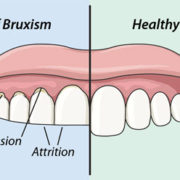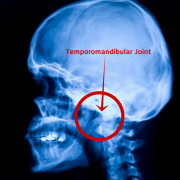Why are people afraid of the dentist?
For countless people, going to the dentist is a wildly stressful event. This anxiety can range from a minor discomfort to a full on phobia. In fact, Colgate Oral Center estimates that about 9 to 15 percent of Americans avoid going to the dentist due to this fear. That translates to about 30 to 40 million people who will put up with painful, infected, and decaying teeth because they are so scared of what might happen in the dentist’s chair.
Whether you are on the low or high end of that anxiety spectrum, your fear might result in the avoidance of important appointments that are vital to your oral health. The negligence of a painful tooth could ironically result in much more discomfort than any procedure you will encounter in a dentist’s office.
So what’s behind the fear? And what can you do to move past it?
The Causes
Are we just born with an innate fear of the dentist, or is there a more specific cause? Peter Milgrom, DDS, director of the Dental Fears Research Clinic at the University of Washington in Seattle says that the majority of the fear is a result of a bad experience that took place at a past dental appointment. The remaining people feel this crippling anxiety as a symptom of other anxiety disorders, like post traumatic stress disorders related to domestic violence, abuse, combat, etc.
But what about those of us who just feel….slightly uncomfortable?
It’s not unusual, explains psychologist Ellen Rodino of Santa Monica, California. When you’re in the dentist’s chair, you are incredibly exposed. You are tilted backwards, mouth open, and another human is above you. For added discomfort, they talk to you while there are tools in your mouth.
So what does this amount to? For many, it’s a feeling of complete and total vulnerability and a lack of control.
Dealing with the Fear
Believe it or not, there are ways for people with even the most crippling fear to move past the phobia and get the dental treatment they need.
Here are some of the ways that great dentists help patients feel a stronger sense of control:
- They tell the patient exactly what they will feel and the duration of that feeling
- They ask the patient if it is okay to continue to the next step
- Patients have a cue they can give the dentist if they need the procedure or examination to stop
- Time is set aside for breaks
Another great way that dentists are helping nervous patients is by creating an environment that is less like a classic dentist’s office. Instead of decorating the waiting room with tabloids and unnerving photos of damaged teeth, dentists are creating a warmer environment that is much less “clinical.”
Jack Bynes, DMD, is a great example of a dentist committed to making people feel more comfortable. His office is in a historic building where guests can enjoy a waiting room with a fireplace and beautiful photography. The treatment room overlooks a waterfall, and the doctor himself chooses not to wear scrubs.
Well, we don’t have a waterfall here, but we do have some strategies we recommend that might help you get over that hurdle of anxiety:
- Bring someone with you to your appointment! This could be a friend or family member – just someone you trust
- Allow yourself to be distracted while you sit in the examination chair by listening to music or checking out our TV on the ceiling!
- Take deep, slow breaths to help calm your heartbeat and relax your muscles
At Chauvin Dental, can promise that we will make our best effort to make you as comfortable as possible. Our job is to help you achieve a beautiful, healthy smile, and we take that seriously. Give us a call today, and we can talk about making your next visit an anxiety-free experience.


